Last summer, the FAA outlined an intention to ban JSX and other scheduled public charter operators, largely because they offer a popular, quality product that competitors do not like.
Now the FAA says that it will move forward with a Notice of Proposed Rulemaking that would – at least in some cases – prevent public charter operators from selling scheduled flights from private terminals, using co-pilots with fewer than 1,500 flying hours.
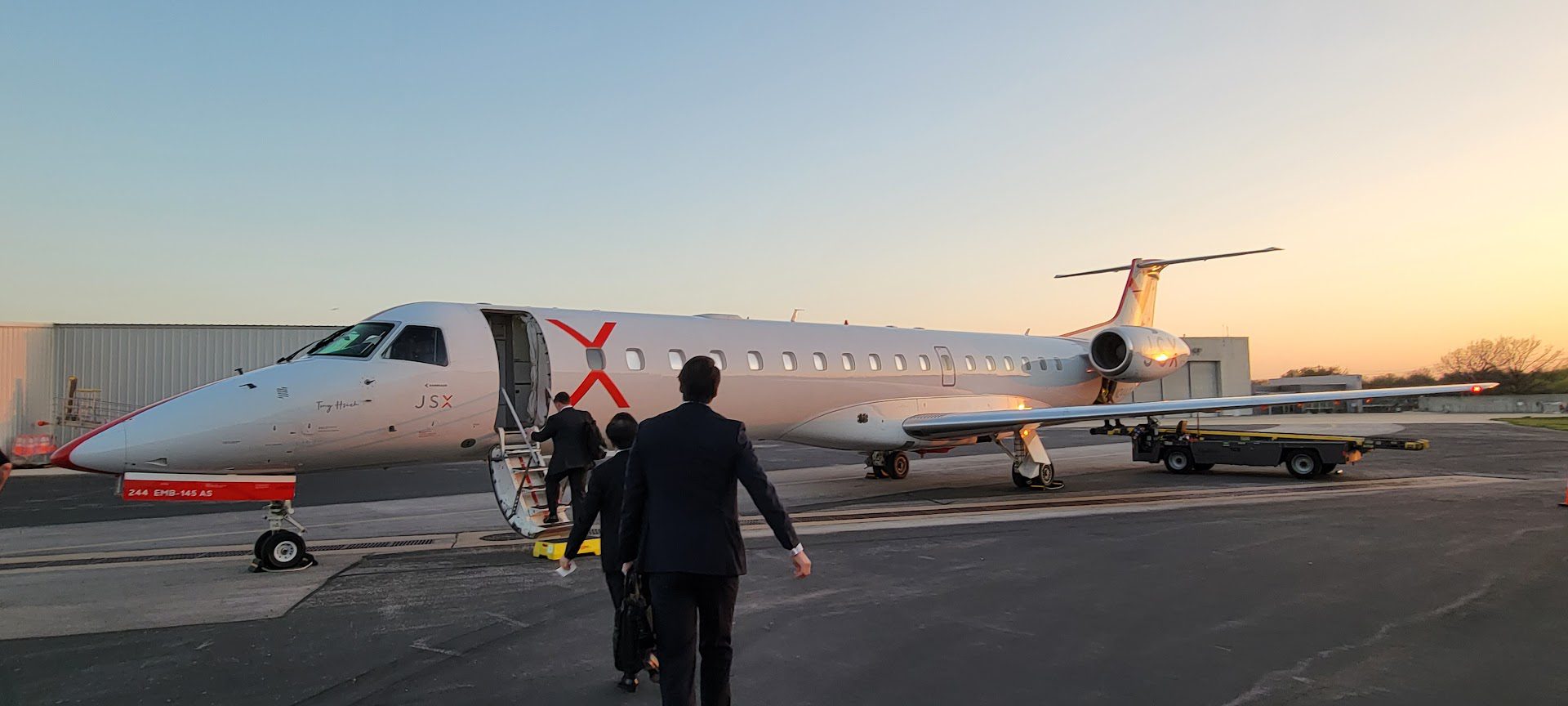
Specifically, they plan to change their definitions of “scheduled,” “on demand,” and “supplemental” operations that allow flights with fewer than 30 seats to fly under part 135 rules instead of part 121 rules that apply to major airlines.
It’s not yet clear what this rulemaking will look like.
- The actual text of what the FAA proposes will be released later this year, soliciting the legally-required comments, with an aim towards issuing a final rule next year.
- The FAA says they’ll plan for a transition period of “several years” for existing carriers to comply with new rules.
- And they plan for a Safety Risk Management Panel that would consider conditions for continued operations under part 135. This will specifically consider the use of of hybrid electric planes and their use in rural communities.
Indeed, based on a statement from a spokesperson for JSX, they seem to think they can work within the framework that the FAA is planning.
JSX supports the Federal Aviation Administration’s efforts to maintain the safety of civil aviation and applauds FAA Administrator Whitaker’s plans to evaluate a new operating authority for certain Part 135 operations.
More than half of JSX’s public charter markets operate in airports that are not served by large network airlines, yet there are thousands more airports – funded by the American taxpayer – that remain inaccessible to the vast majority of Americans unless they have the means to afford private jets.
As the country’s largest public charter air carrier, JSX has modeled the way forward for safe, secure, and reliable regional operations under Part 135 since inception and, with intent to take delivery of up to 332 hybrid-electric airplanes from 2028, aligns with the Biden Administration’s call to encourage competition and innovation in air travel.
We eagerly look forward to collaborating with our regulators to cement the importance of public charters and expand access to vital air connectivity in the future.
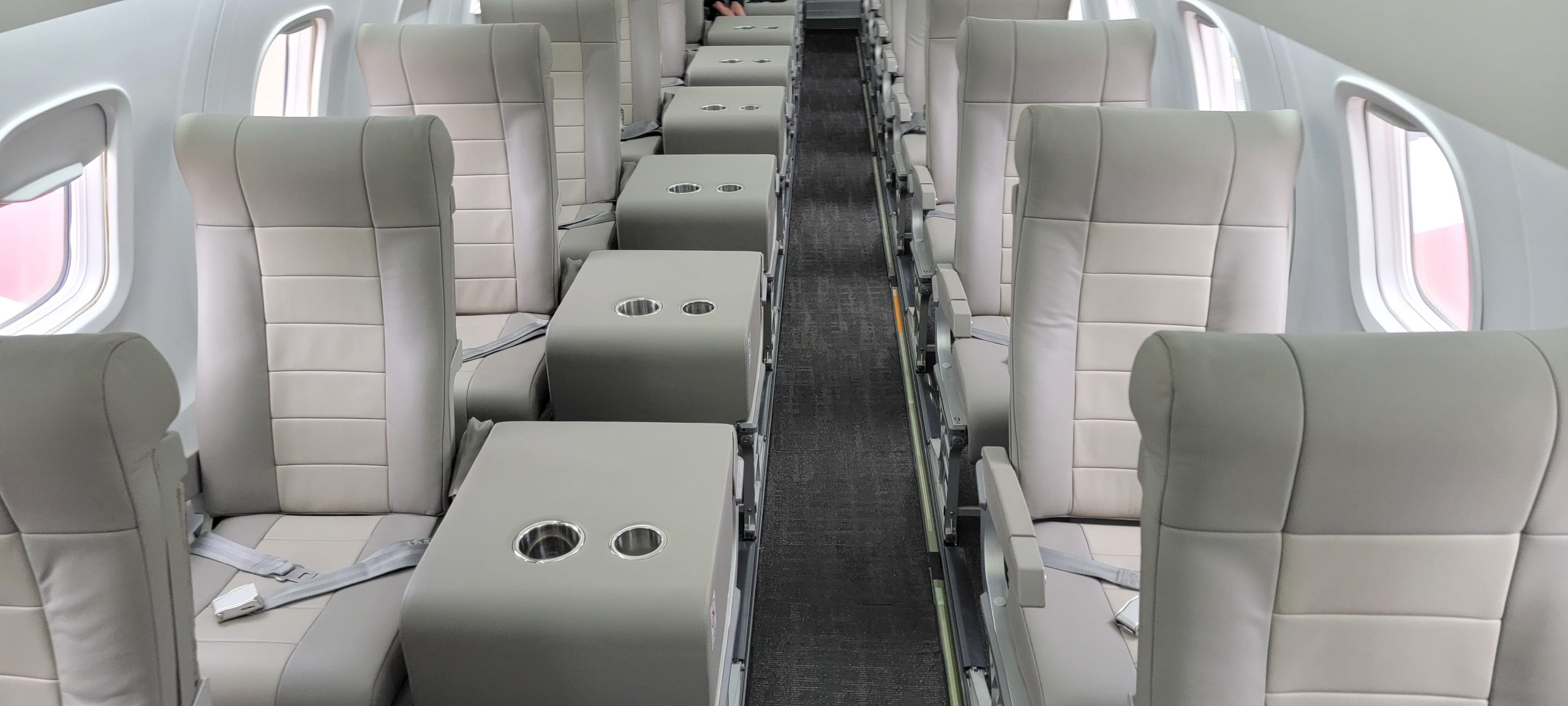
JSX Cabin
Timing Makes The Outcome Of This Effort Uncertain
The FAA says they’re planning for a Notice of Proposed Rulemaking by the end of the year, and hope to finalize a rule in 2025 (often these timelines slip, so any final rule might come in 2026).
Different people could be in charge at the Department of Transportation next year. Just like the Biden Administration promised a Department of Transportation rule requiring airlines to pay cash compensation for delays but did not actually propose a rule in time to get it done during a first time, this effort too could be sidetracked by the upcoming Presidential election.
FAA Crackdown Is Legally Dubious
49 USC 41104 limits FAA’s authority to issue regulations on public air charters. It states,
The Secretary of Transportation may prescribe a regulation or issue an order restricting the marketability, flexibility, accessibility, or variety of charter air transportation provided under a certificate issued under section 41102 of this title only to the extent required by the public interest. A regulation prescribed or order issued under this subsection may not be more restrictive than a regulation related to charter air transportation that was in effect on October 1, 1978.
Since these proposed regulations would limit the “marketability, flexibility, accessibility or variety of charter air transportation” in a manner that is more restrictive than regulation on charter transportation on October 1, 1978, the FAA seems to be prohibited from issuing this regulation. Congress created the law which led to current regulations under which JSX operates, and the FAA in doing incumbent interests’ dirty work would be acting against current law.
It will be interesting to see how the FAA’s Notice of Proposed Rulemaking deals with this, as well as President Biden’s Executive Orders requiring consultations with the two dozen Native American tribes that would potentially have air service limited by stricter regulation of scheduled charters, as well as how they handle the processes for rules with significant economic impact (annual revenue of JSX alone is larger than the required threshold).
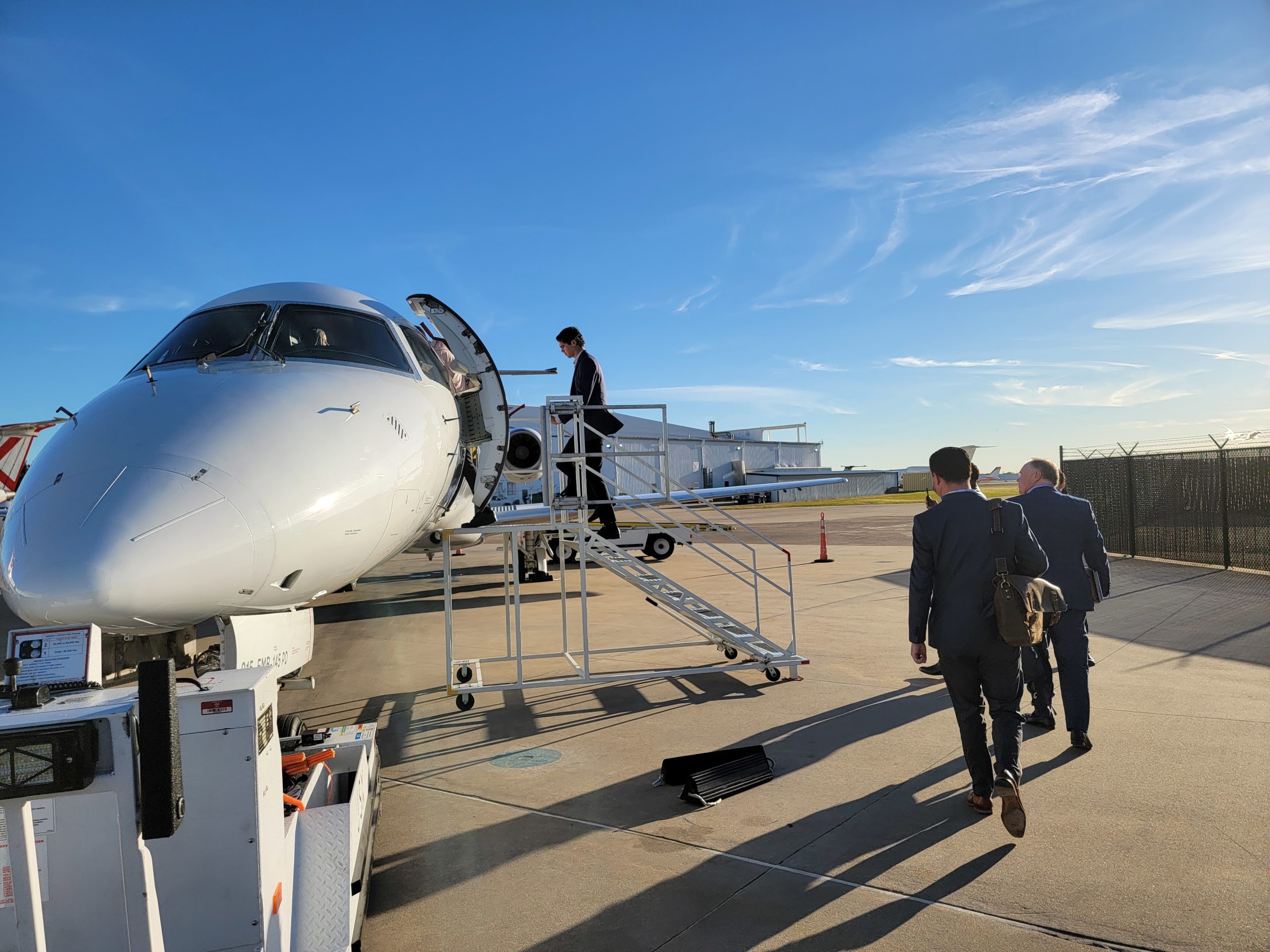
There’s No Valid Issue To Address
There’s no basis for a concern about relative safety in part 135 operations. Scheduled charters have just as strong a safety record as part 121 airlines, especially when focusing on operations like JSX’s. The 1,500 hour rule doesn’t add to safety. In fact, it allows for hours to be racked up not just in clear air touch and go takeoffs and landings (nothing like what pilots face in commercial operations) it allows hours to be accumulated in a hot air balloon. The balloon can even be tethered. Meanwhile experience shows that current part 135 rules are mission-appropriate for safe operations.
Critics say that JSX and others ‘exploit a loophole’ though without actual safety risk that is a good thing. Moreover it’s also not actually true in the traditional sense. There’s not a drafting mistake that the FAA hadn’t thought of that’s being exploited. In fact, the FAA specifically linked part 380 and part 135 operations to allow the sale of scheduled charters the way that JSX offers.
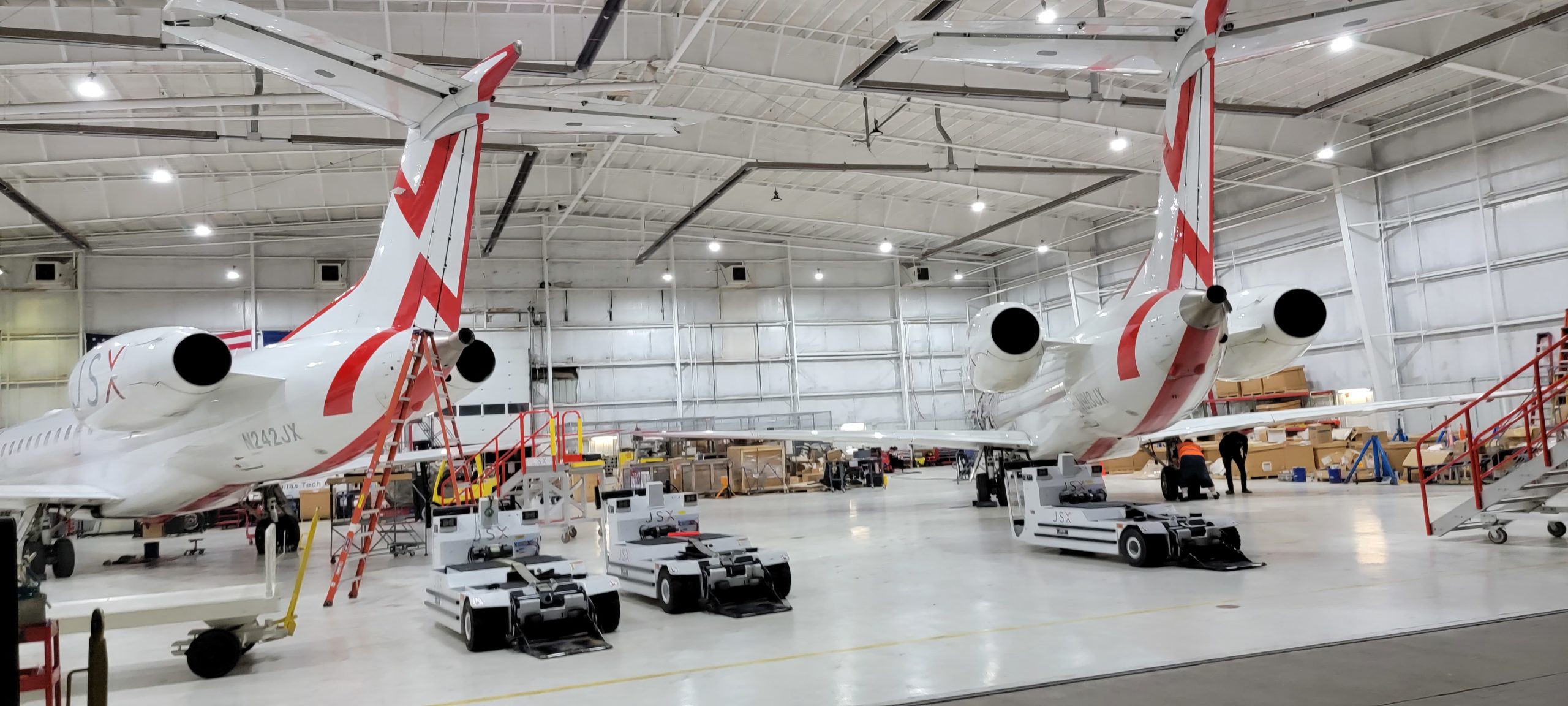
Why The FAA Is Going After Scheduled Charters
The federal government – both at the FAA and Transportation Security Administration – had been comfortable with JSX and other public charter operations for years. Then two things happened.
- SkyWest wanted to operate as a public charter on Essential Air Service routes in order to broaden its pool of co-pilots. This set off alarm bells at pilot unions and triggered their outrage and lobbying.
- Big airlines saw the union push as an opportunity of their own to pile on and block an upstart competitor.
There’s been a admits their lobbying is about blocking what they view as unfair competition.
The one place where I do draw an issue with, where the rules aren’t the same. If you don’t have to deal with the same DOT provisions, the same FAA provisions, the same security TSA provisions that’s not fair….I’m quite certain that the FAA, the DOT, and TSA will take a look at what’s going on and make sure that no one is advantaged.
American Airlines, of course, partners with scheduled public charter operator Contour and owns a stake in Gol whose co-pilots do not need 1,500 hours of flying.
It looks like lobbyists for American, Southwest and ALPA won a victory of some kind – though we do not know yet what the meat of the Notice of Proposed Rulemaking will look like, what a final rule will be, and how potential legal objections will shake out.
It’s possible that, in addition to a ‘transition period’, it will still be possible (though more cumbersome) for carriers to operate under part 135 and offer advantages of less encumbered and more comfortable air travel.
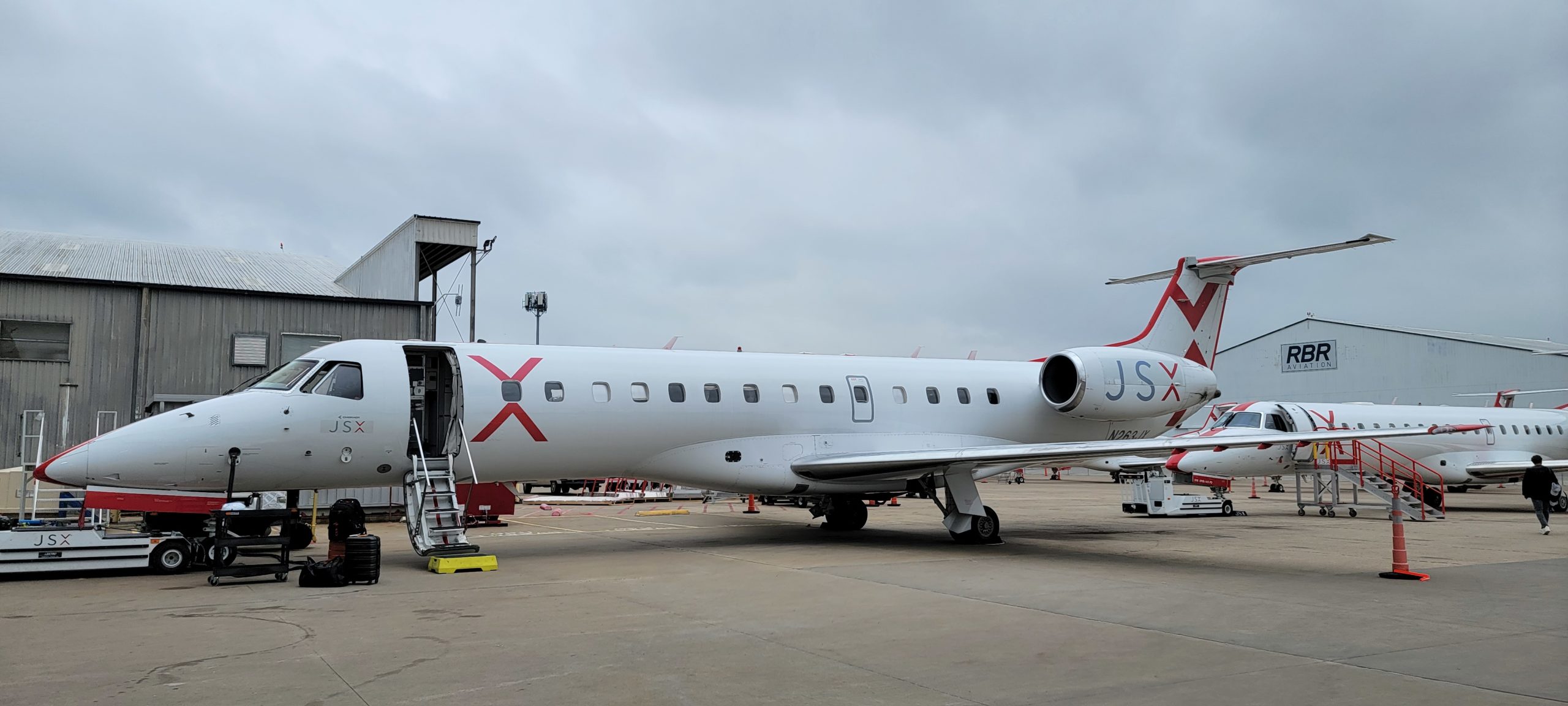
TSA Is Taking Its Own Crack At Attacking Scheduled Charters
This effort by the FAA is entirely separate from the process at TSA to block scheduled charter operations that former American Airlines CEO Doug Parker and Southwest Airlines COO Andrew Watterson personally lobbied the TSA Administrator for.
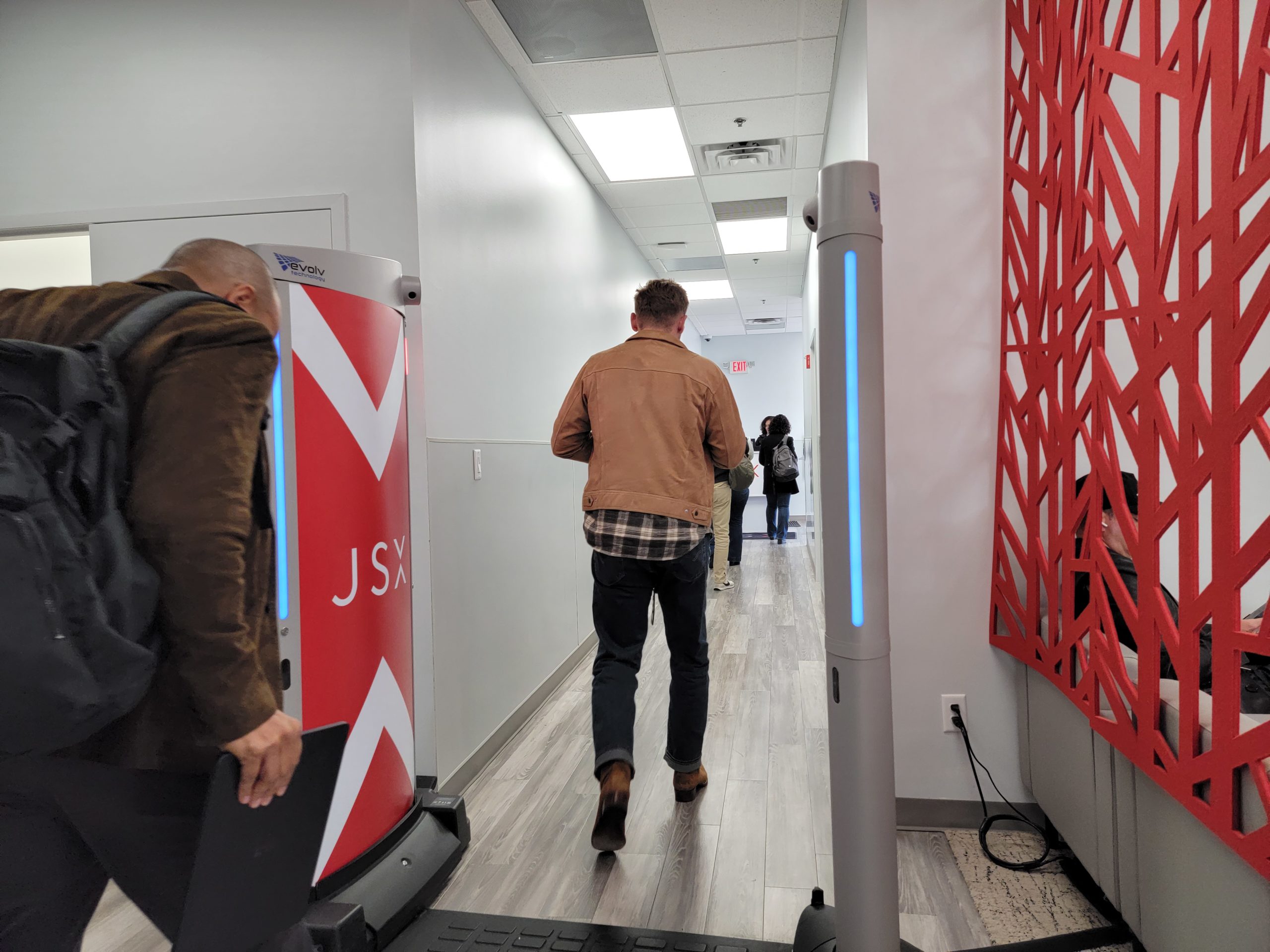
Since public charters with 30 or fewer seats can operate out of private terminals, going through fully TSA-approved screening but not TSA-staffed screening checkpoints adds to the ease of operations like JSX’s. JSX checks passenger IDs against targeting databases, swabs every bag, and passengers go through weapons detectors. And their planes make less valuable targets. This is a convenience that major carriers do not want them to have, even though flying from private terminals is something that American Airlines and Southwest both promote for their own charter businesses.
So even as we wait for the specifics on the lobbyist-inspired FAA crackdown, we await changes to the TSA”s Twelve-Five Standard Security Program.


This whole thing is just gross. The aviation marketplace distortion from the Biden administration has failed all consumers. Trump is awful for unrelated reasons. We need less government all around and less intervention into the market. Where is Nixon when you need him?
Tricky Dick? As I said when the grotesque Dick Cheney showed up, “Didn’t we get rid of people like that with Nixon?” To which she answered, “People like that always come back.”
Shut them down
This is basically the Biden admin siding with it’s union buddies. They same way they have hurt the nascent EV market in favor of union incumbents.
This is why we can’t have nice things.
@Joseph:
Dead!
I don’t appreciate that you refer to them as “weapons detectors” when they are in fact “body scanners.” Do they allow an opt-out pat down as the TSA does? If not they should be required to do so.
very well said again on this subject, Gary.
Time is on the side of no swift changes while even the FAA seems to recognize there is a basis for maintaining some of the benefits of part 135 operations as well as push forward the need for rural city air service development and developing pilot pipelines.
Your analysis substantially underestimates the complexity of the rule making process. For example the FAA and/or a court could easily decide that the structure JSX uses to operate flights of more than 9 seats is impermissible. There is a compelling argument for since if the intent of the rule was to allow flights of with up to 35 seats the rule would have been written this way. It’s not. The limit is nine.
I fully support JSX being continued to operate. Whether they should be allowed to fly without passengers undergoing screening merely shines a light on the fact that lots of planes, including charters on identical planes as those flying effectively scheduled service with JSX fly without screening. So the FAA has been willing to accept the risk that one of these flights could crash potentially killing people on the ground due to a bomb on board and there is no indication the FAA plans to ban charters on these aircraft.
So logically the only concern must be with difference in risk to passengers. This can be fully addressed through disclosure of both the fact that there is no screening and that pilots on these flights will have less flight time.
Unless public policy is changed to require that ALL aircraft, including freighters, have everything that is carried subjected to the same level of screening, then there is no reason that JSX shouldn’t be allowed to operate as they are. As for pilot experience, while one can make a case for some minimum number of flight hours, that number is nowhere near 1500 under current FAA policy. If it were one could ask why a resident of Alaska who’s only option is flying on a small plane isn’t protected by a regulation requiring the pilot of their aircraft to have the same number of hours as one flying residents of the lower 48?
The answer is pretty obvious. Experience does matter. 1500 hours is probably too much for a minimum but it serves the both the need of the pilots to restrict demand and the need for FAA when there’s a crash to say, he don’t blame us for loosing an inexperienced pilot on the public. But no one cares when small planes crash and the public, particularly in Alaska wouldn’t have air service if the number of hours required was 1500.
So carry that logic through to JSX. Passengers are informed regarding the difference and let them decide if there is a risk, if so how big it is and whether they want to take it.
The initial regulations will be crafted by the unions who the Biden regime is submissive to. Recall, at the EV day at the White House Tesla was (laughably) excluded because the regine is so supplicant to the unions.
Regulatory capture and the related lucrative revolving door between the government and private sector favors the industry cartel kings already in the most privileged positions in the market. This is a sign of that and a window into the massive amount of legalized corruption that is deeply embedded in our nation at local, state and federal levels.
If I have a reservation on JSX next week what does this mean? Same as it’s always been? Nothing will be changed in 6 days? Sorry to be so naive
“…they offer a popular, quality product that competitors do not like.”
I thought this going to be a story on DJI.
@David – nothing changes. Likely nothing changes for several years.
@GUflyer – JSX uses weapons detection machines from Evolv, not the body scanners TSA uses
Your article says sometime this year and a few years to implement etc and your comment above about nothing changing probably for years but other articles all say the FAA is changing this very very soon. “Expeditiously “ And the TSA screening comment period ending next week June 27. Won’t jsx have tsa and these other changes very very soon not years ?
This is a problem that should be resolved by legislation in the Congress.
The majors have been in and out of bankruptcy, so there is an interest in crushing their competition from a public policy perspective. We don’t want another bailout, and if that means no 135, then it might be unavoidable.
If the regulations are unclear, Congress should pass new legislation. That is what the Constitution intends, we shouldn’t rely on judges and the executive to usurp the legislative.
There is also something unseemly that invasive security procedures can be bypassed with payment.
I smell unions.
Looking forward to my first flight on JSX in a few weeks.
Failed, bitter pilot Gary Leff still on the warpath against airlines and ALPA. It got old YEARS ago.
BLAH, BLAH, BLAH, BLAH…..BLAH.
Operators like JSX are going to suffer an overnight pilot shortage when this rule takes effect since many of their Captains are “retired” Part 121 airline pilots. Part 121 still has an age 65 maximum.
Why would anyone want an EMB-145 flown by JSX subjected to a list of lesser rules than an EMB-145 flown by Commuteair or by Piedmont?